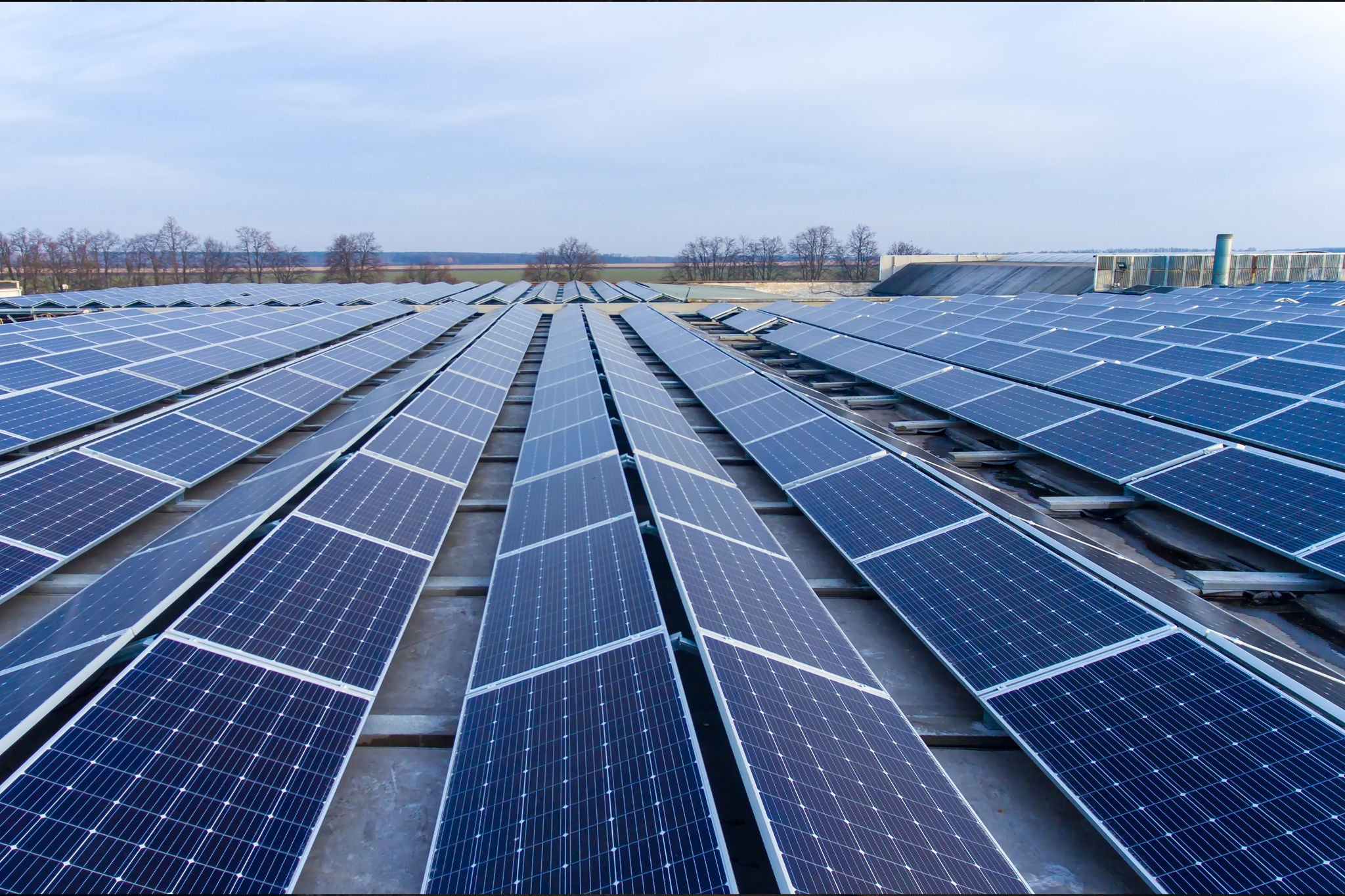EY se refiere a la organización global, y puede referirse a una o más, de las firmas miembro de Ernst & Young Global Limited, cada una de las cuales es una entidad legal independiente. Ernst & Young Global Limited, una compañía británica limitada por garantía, no brinda servicios a los clientes.
Cómo EY puede ayudar
The chart "Hydrocarbon Investment (2016-2023 exploration and exploitation phase in millions of USD)" shows the following trends:
- Exploration Investment: Peaked at $61.1 million in 2020 but dropped significantly to $2.3 million in 2022 and 2023.
- Exploitation Investment: Increased steadily from $292.6 million in 2016 to a high of $562 million in 2019, then dropped to $185.3 million in 2020 before stabilizing around $321.7 million in 2023.
- Total Investment: Reached its peak at $619.7 million in 2019, fell sharply to $246.4 million in 2020, and gradually recovered to $324 million by 2023.
Overall, exploitation investments consistently outpaced exploration, with significant fluctuations influenced by global events.
The following chart illustrates the annual revenues from the oil and gas sector in Peru over the period from 2005 to 2023. The data, sourced from Perupetro, reveals fluctuations in revenue generation, highlighting key trends and significant changes in the sector's economic impact over the years.





